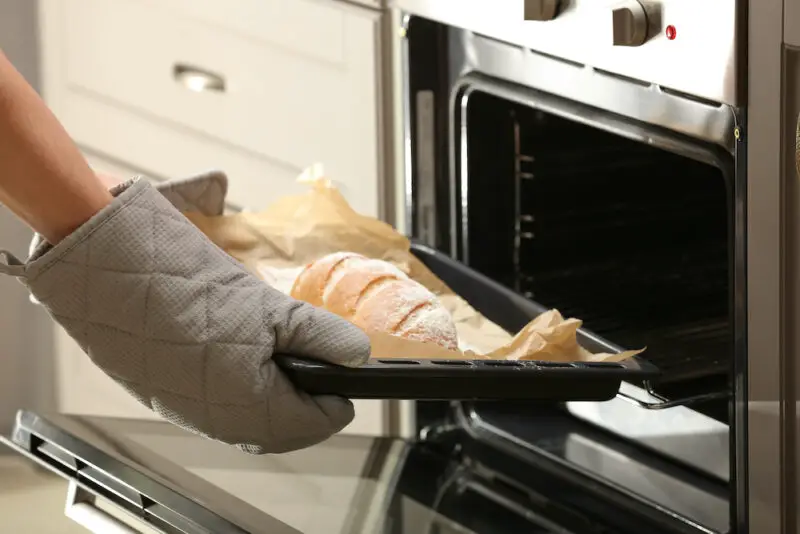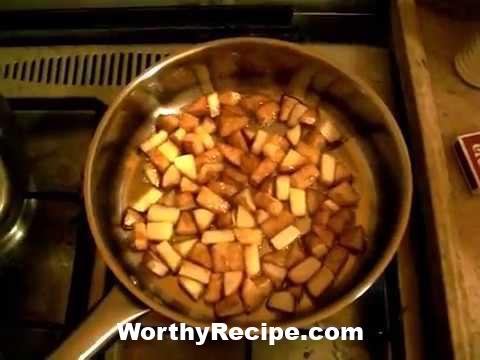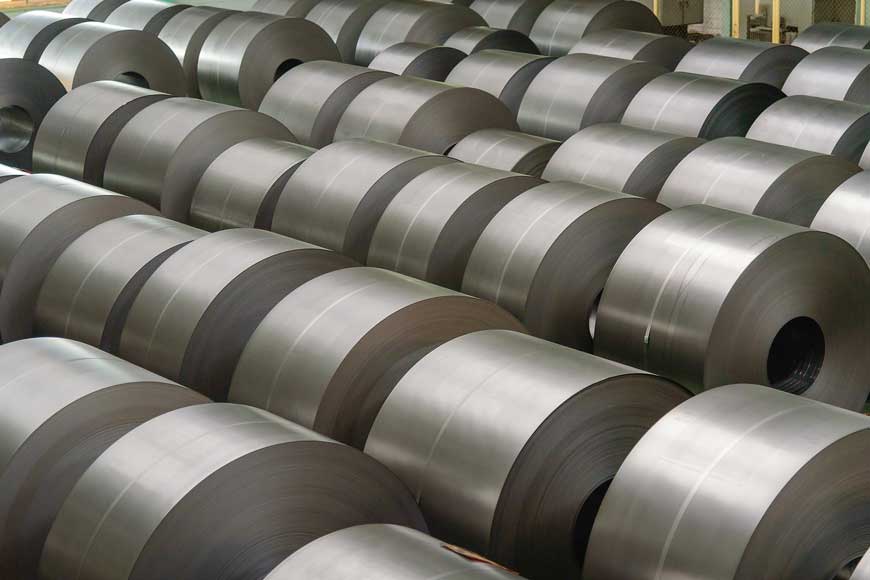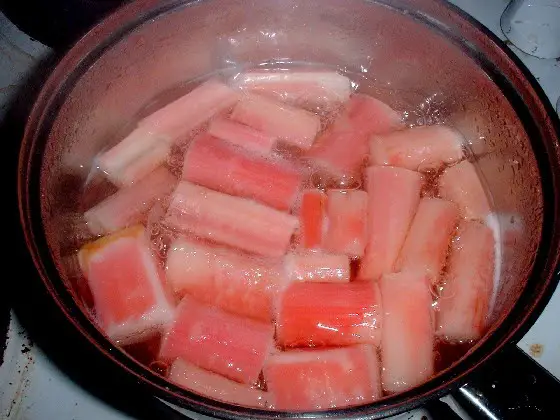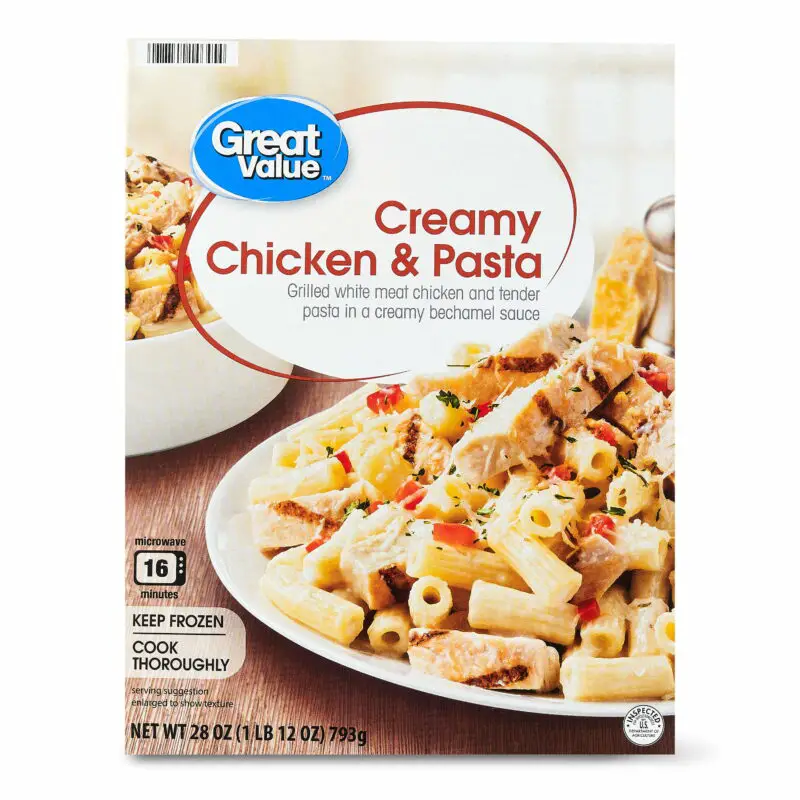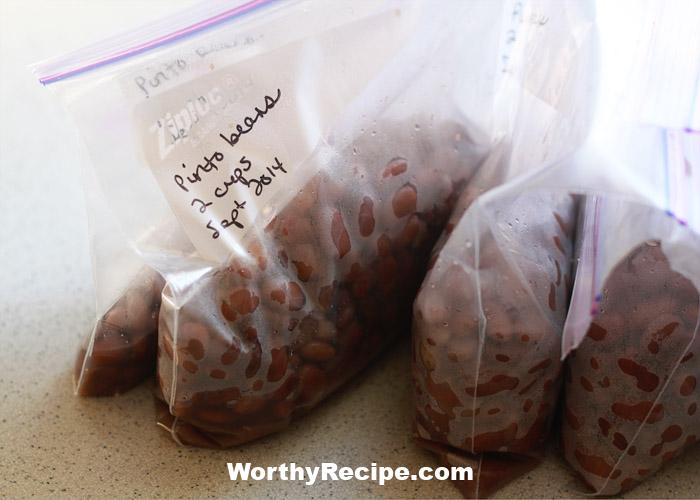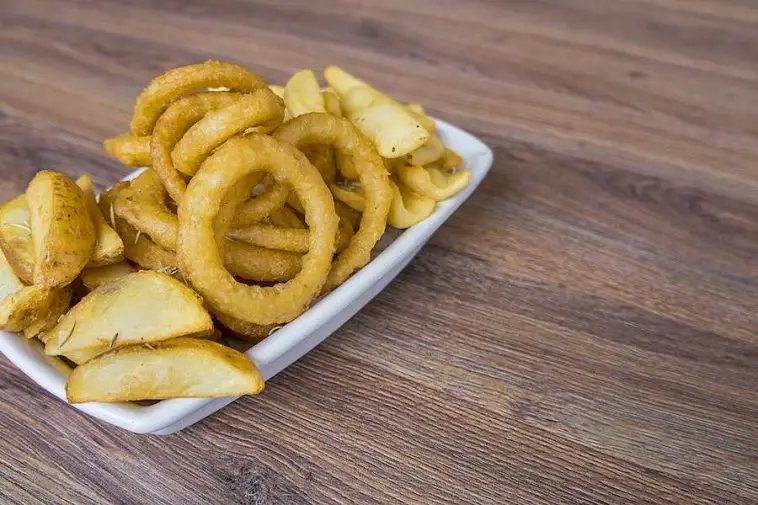At What Temperature Do You Bake Bread in a Convection Oven?
Introduction
Baking bread is an age-old tradition that has been passed down from generation to generation. However, with the advent of technology, new ways of baking bread have emerged. Convection ovens are one such invention that has revolutionized the way we bake bread. In this article, we will explore the optimal temperature for baking bread in a convection oven and everything you need to know to produce perfect loaves of bread every time.
What is a Convection Oven?
A convection oven is an appliance that uses fans to circulate hot air within the baking chamber. This hot air flow enhances heat transfer, creating an evenly heated baking environment. As a result, food cooks faster and more evenly compared to conventional ovens.
How Does It Differ from a Conventional Oven?
Unlike a conventional oven which relies on natural heat conduction, convection ovens use mechanical means (fans) for circulation of hot air inside the baking chamber. This feature ensures even distribution of heat and eliminates uneven hotspots.
Why Use a Convection Oven for Baking Bread?
Convection ovens are ideal for baking bread as they have an even distribution of heat inside the oven and produce consistently baked products with excellent texture and color. The circulating hot air helps remove excess moisture from the dough, which promotes crust development without drying out the bread’s interior.
Understanding Temperature in Baking
The Significance of Temperature in Baking Bread
Temperature is one of the most critical factors in baking bread. It affects how yeast functions in the dough and determines how much oven spring and crumb development occurs during baking.
The Effect of Temperature on the Rise and Texture of Bread
During the fermentation process, yeast becomes active in the dough at specific temperatures. As it feeds on sugar and produces carbon dioxide, the dough rises substantially, creating a light and airy texture. High temperatures in the oven promote a rapid rise in the bread’s early stages of baking that set its structure by strengthening its cell walls. At lower temperatures, the yeast takes longer to ferment, so the bread develops more slowly, resulting in denser bread and a more complex flavor profile.
Recommended Temperatures for Baking Different Types of Bread
Different types of bread have varying temperature requirements. For instance, lean dough like baguettes or crusty Italian bread require a high baking temperature of around 230-240°C to achieve that perfect crispy crust. Rich dough containing butter or eggs requires slightly lower temperature settings (190-200°C) to prevent burning due to sugar content.
Here are some guiding principles for baking different bread types in a convection oven:
A. Artisanal or crusty loaves – 230-240°C
B. Sandwich or soft loaves -190-210°C
C. Sweet bread e.g., cinnamon rolls – 176-190°C
Factors that Affect Baking Temperature
Type of Flour Used
Different flours have different protein contents; some produce softer bread with weaker gluten strands while others give stronger gluten that results in a firm and chewy crumb structure. Therefore, it is essential to understand the flour type you intend to use before adjusting baking temperature.
Hydration Level of the Dough
The moisture level in your dough also affects the baking time and temperature required. Wetter dough needs lower temperatures than drier dough since heat spreads more readily through moist bread instead of dry loaf result.
Size and Shape of the Loaf
The size and shape of the loaf also impact the temperature and baking time required. Thinner, longer loaves require higher temperatures than large, bulky loaves of bread with thicker, denser bases.
Other Ingredients (e.g. sugar, fat, dairy)
Ingredients like sugar tend to caramelize at high temperatures which can lead to burning, so it’s crucial to adjust baking temperatures for the best results.
Using a Convection Oven for Baking Bread
Benefits of Using a Convection Oven
Convection ovens offer many advantages for bread making. Here are some reasons why you might want to use a convection oven:
- An even distribution of hot air: Convection ovens have fans that circulate hot air within their baking chambers evenly. This ensures that your bread bakes perfectly every time.
- Faster cooking time: Convection ovens cook faster compared to conventional ovens due to the active hot airflow.
- Even browning: Sometimes conventional ovens may cause uneven browning on one side of the loaf; however, convection ovens ensure an even and perfectly browned crust
Preheating a Convection Oven for Baking Bread
Preheating your convection oven before baking is vital as it helps stabilize temperature consistency inside the oven and initiates immediate fermentation on your dough.
Ensure your dough is in a warm environment while waiting to preheat the oven, since cold temperature can interfere with fermentation activity causing poor rise or dense crumb texture.
Adjusting the Temperature and Time Settings for Optimal Results
Conventional oven recipes may not work well when using a convection oven. Therefore it’s essential to adjust the temperature and baking time according to the recipe, bread type, and your oven’s specific setting.
Reduce the heat by around 25°C and lower the baking time by 15-20% compared to your conventional oven. Check the bread progress frequently starting from the minimum time recommended than adding a few minutes if needed until you achieve a golden brown crust.
Tips and Tricks for Baking Bread in a Convection Oven
Understanding Hot Spots & Using Them to Your Advantage
Although convection ovens evenly circulate air, there are possible instances of hotspots in some areas that can affect heat transfer unevenly. Use this knowledge to your advantage by rotating the bread halfway through baking to ensure even rising and browning on all sides.
Dealing with Uneven Browning or Overbaked Crust
Uneven browning and overbaked crust can occur due to varying thickness or air circulation within the oven. To avoid this problem, cover the top of your loaf with aluminum foil if it starts looking too brown. This will slow down browning on top while allowing other parts of your bread an opportunity to catch up.
Using Steam to Create a Crispy Crust
A crisp crust is one of the crucial elements of excellent bread. You can achieve it by creating steam in your oven using a designated appliance or water-filled spray bottle at low temperatures like 180-190°C for about ten minutes during baking. The steam hydrates the dough surface, activating starches, and gluten formation causing robust crumb structure while making sure a light and crispy texture forms on top.
Common Mistakes to Avoid When Baking Bread in a Convection Oven
Overbaking or Underbaking the Bread Due to Incorrect Temperature Settings
Using the wrong baking temperature can lead to overbaking or underbaking your bread. Follow recommended temperatures and adjust according to other ingredients required.
Neglecting to Adjust the Recipe When Switching From a Conventional Oven
Convection ovens require different settings than a traditional oven, which is why it’s essential to adjust your recipe accordingly. Failure to do so can lead to improper bread structure or burning.
Failing to Rotate the Loaf During Baking
Rotating your bread halfway through baking ensures even rising and browning on all sides.
FAQs About Baking Bread in a Convection Oven
Can You Use Any Recipe in a Convection Oven?
Convection oven temperature settings differ from a conventional oven, so you need to adjust your recipe accordingly.
How Do You Know When the Bread Is Done?
Check for doneness by tapping the top of a loaf; it should sound hollow and have an internal temperature of around 95-100°C.
Can You Bake More Than One Loaf at Once?
Yes, you can bake multiple loaves at once, depending on the size of your convection oven and loaf size. Ensure there is enough space between them for proper air circulation.
Conclusion
Honing your skills in bread making takes both practice and skill. With the above guide, you are now equipped with all the knowledge that will help you produce perfect loaves of bread every time using a convection oven. Ensuring that you adjust baking time and temperature according to dough hydration levels, loaf size and recipe type are critical for achieving amazing results. Happy baking!
What is a convection oven, and how does it work?
A convection oven uses a fan to circulate hot air throughout the cavity, which ensures that the heat is distributed evenly. This not only cooks food faster but also gives it a more uniform and crispy texture.
What temperature should I use for baking bread in a convection oven?
The suggested temperature for baking bread in a convection oven is 375°F (190°C). However, it’s important to note that different types of bread require different baking temperatures. Therefore, it’s advisable to consult the recipe and adjust accordingly.
How long does it take to bake bread in a convection oven?
Baking time varies based on multiple factors such as the type of bread, proofing, and oven temperature. However, as a general rule, most bread takes between 25-35 minutes to bake. However, it’s always advisable to check your bread periodically after the first 10 minutes.
Why do we recommend using a convection oven for baking bread?
Using a convection oven for baking bread reduces cooking time and ensures an even bake. The temperature remains consistent throughout the oven cavity due to even airflow distribution, which eliminates any hot or cold spots. This process results in an evenly baked loaf with an ideal crust texture.
